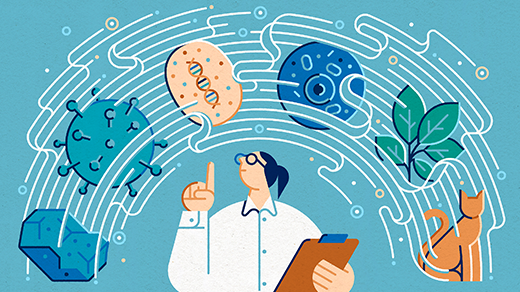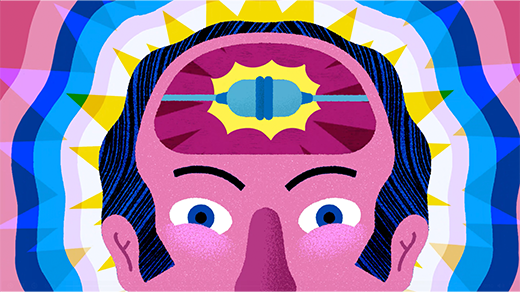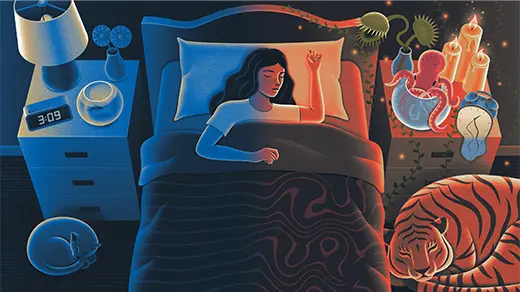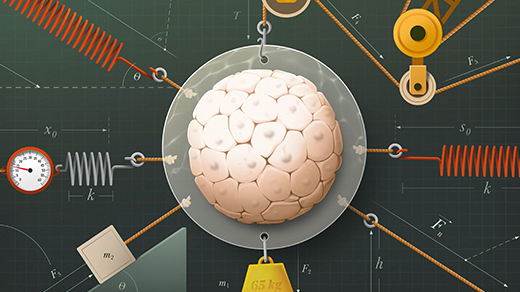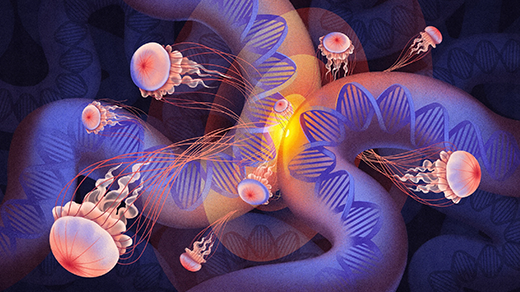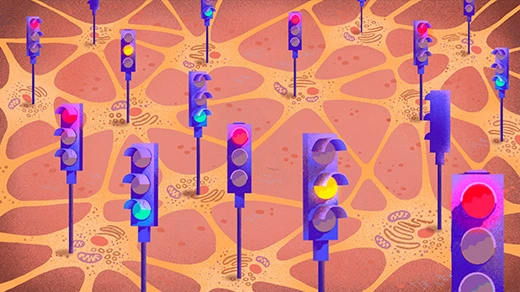What's up in
Biology
Latest Articles
The Polyglot Neuroscientist Resolving How the Brain Parses Language
Is language core to thought, or a separate process? For 15 years, the neuroscientist Ev Fedorenko has gathered evidence of a language network in the human brain — and has found some parallels to LLMs.
A Cell So Minimal That It Challenges Definitions of Life
The newly described microbe represents a world of parasitic, intercellular biodiversity only beginning to be revealed by genome sequencing.
Mixing Is the Heartbeat of Deep Lakes. At Crater Lake, It’s Slowing Down.
The physics of mixing water layers — an interplay of wind, climate and more — makes lakes work. When it stops, impacts can ripple across an ecosystem.
How Your Brain Creates ‘Aha’ Moments and Why They Stick
A sudden flash of insight is a product of your brain. Neuroscientists track the neural activity underlying an “aha” and how it might boost memory.
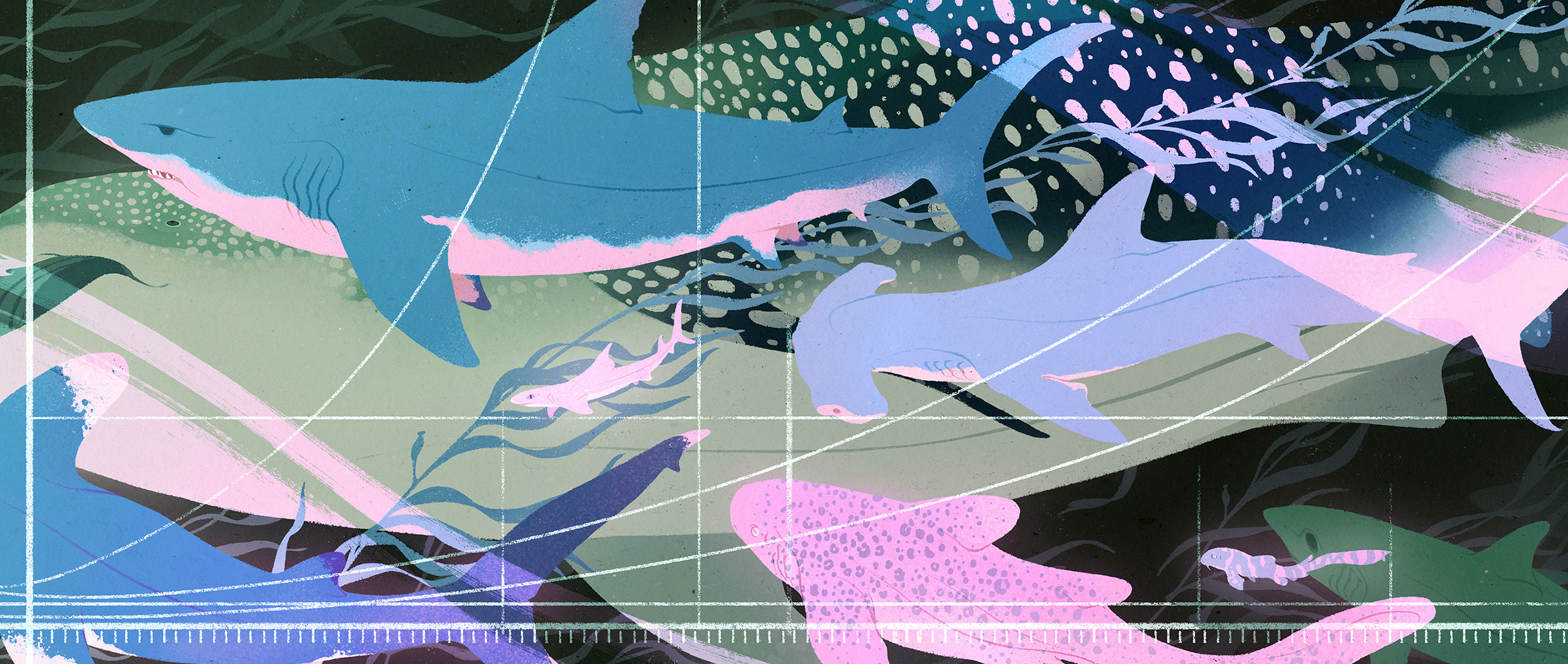
Shark Data Suggests Animals Scale Like Geometric Objects
Despite their wide variety of sizes, niches and shapes, sharks scale geometrically, pointing to possible fundamental constraints on evolution.
How the Brain Moves From Waking Life to Sleep (and Back Again)
Neuroscientists probing the boundary between sleep and awareness are finding many types of liminal states, which help explain the sleep disorders that can result when sleep transitions go wrong.
Genes Have Harnessed Physics to Help Grow Living Things
The same pulling force that causes “tears” in a glass of wine also shapes embryos. It’s another example of how genes exploit mechanical forces for growth and development.
Loops of DNA Equipped Ancient Life To Become Complex
New work shows that physical folding of the genome to control genes located far away may have been an early evolutionary development.
How the Brain Balances Excitation and Inhibition
A healthy brain maintains a harmony of neurons that excite or inhibit other neurons, but the lines between different types of cells are blurrier than researchers once thought.

